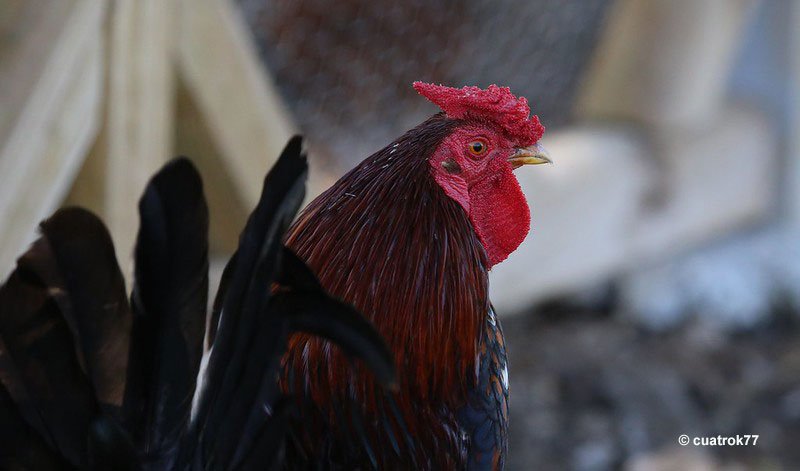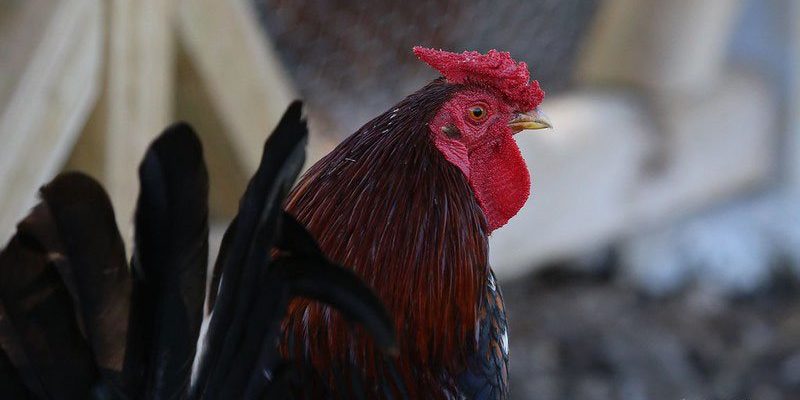
Imagine the Rhode Island Red as the reliable friend in your group—consistent, hardworking, and always there when you need them. They’re not just pretty birds; they bring plenty of eggs to the table and have a rich history that goes back to the late 19th century. But as trends change, some breeds face challenges that put their future at risk. Let’s dive into the current status of the Rhode Island Red and understand what it means for poultry enthusiasts and farmers alike.
A Brief History of the Rhode Island Red
The Rhode Island Red breed originated in the United States, particularly in Rhode Island. Back in the late 1800s, farmers were looking for a chicken that could thrive in various conditions and produce eggs consistently. These red-feathered beauties fit the bill perfectly. As they gained popularity, they became known for their hardiness and adaptability, making them a go-to choice for both small farms and larger operations.
Historically, Rhode Island Reds were bred for dual purposes—both eggs and meat. This versatility gave them a solid standing in the poultry world. They flourished through the early 20th century, becoming a staple in American farming. But as industrial farming took off and new hybrid breeds emerged, the Rhode Island Red faced some challenges that raised concerns about its future.
Are Rhode Island Reds Threatened or Endangered?
So, are Rhode Island Reds currently threatened or endangered? The short answer is that they are not officially classified as endangered. However, their numbers have seen fluctuations due to changing consumer preferences and agricultural practices. The breed is still widely available, but it’s essential to keep an eye on its population trends.
The American Livestock Breeds Conservancy (ALBC) categorizes breeds based on their survival status. As of now, Rhode Island Reds are considered *conservation priority*, meaning they require monitoring to ensure they don’t fall into more perilous classifications. Supporting Rhode Island Reds in both farming and backyard contexts helps maintain genetic diversity, which is crucial for the breed’s long-term survival.
Factors Affecting Their Population
Several factors contribute to the Rhode Island Red’s status in today’s world. First, the rise of commercial chicken breeds has shifted focus away from traditional ones. Many farmers opt for hybrid breeds that promise quicker growth and more egg production. This trend often comes at the expense of heritage breeds like the Rhode Island Red.
Additionally, urban farming and backyard chicken keeping have gained popularity. While this offers a safe haven for some Rhode Island Reds, it also means that availability can fluctuate based on customer interest. If backyard owners start favoring more exotic breeds, it could have a direct impact on how many Rhode Island Reds are raised.
The Role of Farmers and Enthusiasts
Farmers and chicken enthusiasts play a critical role in preserving the Rhode Island Red. If you’re thinking about raising chickens for the first time, consider supporting this breed. Many local farms and hatcheries still sell Rhode Island Red chicks, and the more people invest in them, the more secure their future becomes.
Even small actions matter! By choosing to raise Rhode Island Reds, you contribute to maintaining their population and keeping the genetic diversity among chicken breeds alive. Plus, they’re known for their friendly disposition and adaptability, making them great companions for anyone looking to start a flock.
Benefits of Raising Rhode Island Reds
If you’re on the fence about which chicken breed to raise, let me explain why Rhode Island Reds are a fantastic option.
- Hardy and Resilient: They can adapt to various environments, whether you’re in a cold or warm climate.
- Consistent Egg Production: Rhode Island Reds are known for their reliable egg-laying ability, often producing about 200-300 eggs per year.
- Dual Purpose: Besides eggs, they also provide a decent meat yield, making them a versatile choice for homesteaders.
- Friendly Temperament: They’re often easy to handle, which is great for families or beginners.
With all these benefits, it’s no wonder Rhode Island Reds remain a popular choice among farmers and chicken lovers alike!
Conservation Efforts
Various organizations promote the conservation of heritage breeds like Rhode Island Reds. Programs and initiatives aim to raise awareness about the importance of genetic diversity in livestock. These efforts include educational workshops, breeding programs, and community events.
By participating in local farming groups or visiting farms that focus on heritage breeds, you can learn more about what it takes to keep these breeds alive. Supporting local farms that raise Rhode Island Reds, buying their eggs, or even adopting a few can make a world of difference.
Looking Ahead
As we look to the future, the fate of the Rhode Island Red hangs in the balance. It’s not categorized as endangered, but that doesn’t mean we can take its existence for granted. Each chicken enthusiast, farmer, and curious individual has a role to play in its continued survival.
If you’re considering raising chickens, the Rhode Island Red can be a wonderful addition to your flock. Their history, adaptability, and friendly nature make them a delightful choice for newcomers and seasoned farmers alike.
In conclusion, the Rhode Island Red isn’t just a chicken; it’s a piece of agricultural history worth preserving. By choosing to raise or support this breed, we can ensure that its legacy continues for generations to come.

